Does Solar Work During a blackout?
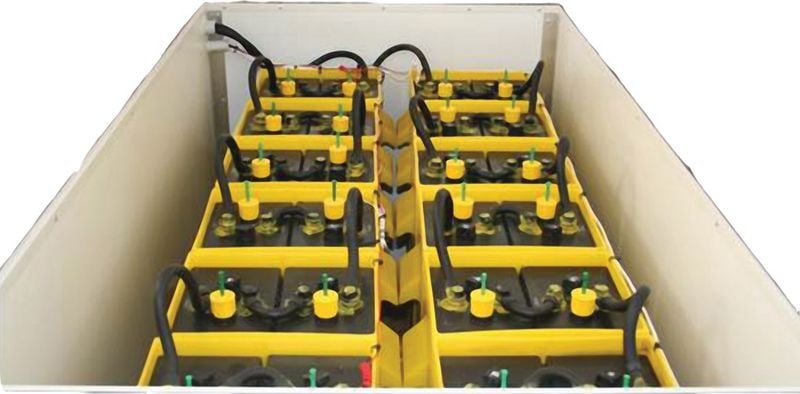)
One of the questions people ask us when installing grid connected solar power systems is: Do they keep my power on during a blackout?
Alas, no. When the grid goes down, a grid connected solar array goes down. This is because the grid connected inverter which converts DC photovoltaic power to AC household current, is designed to trip out during a blackout and not feed power back to the grid (saving a linesman’s life if he is working on a power line that is down nearby).
The problem is after a big storm clears or if there is a problem with the grid causing a blackout for some time; the sun could be blazing and your solar power array could be developing hundreds of volts with nowhere to go. Without a battery backup system connected to the inverter to complete the circuit, not a single electron flows into our homes.
With our State and Territory Governments constantly moving the goal posts with Feed-in Tariffs, suggesting extra fees and charges be applied to solar power users and the unkown factor of constant rises in grid power coasts and our ageing sometimes unreliable infrastructure there has to be a better way.
Backup generators are an option, but are not a renewable energy, are expensive on fuel, require servicing and have a large upfront cost that puts many people off. Hybrid Solar PV Systems with UPS or Battery Back-up use bidirectional inverters which can convert DC to AC (so the array can power the house or feed into the grid) or AC to DC (so the grid can charge a bank of batteries). If there’s a power outage, the system can drop the grid and continue powering the house.
Not only do a bidirectional inverter and battery bank light up the darkness, they give solar homeowners the flexibility of choosing when to buy power from or sell power to the grid, so you can take advantage of tiered rates. In some countries like Hawaii, the utility doesn’t allow you to sell power back to the grid at all – this seems to be the way our Australian Governments want to move, because too many people are already selling power back to the grid with the extremely over generous feed in tariffs that were originally offered.
The problem is the states can’t afford to continue paying excessive amounts of money when it is cheaper for them to make carbon based power and maintain the grid at lower rates
A battery system at least lets you buy power when it’s most advantageous to do so. In fact, this is the future we all face, because all grids have only a limited capacity to absorb electricity from panels on people’s roofs and wind turbines in their yards. Not only does solar and wind output fluctuate, distributed power generation can make the network prone to cascading failures. For instance, if the grid frequency wavers, inverters might take themselves offline, which reduces the total generating capacity, which worsens the frequency deviations, which causes other inverters to trip, and so on. This means in the future you may not get the benefits from your solar power system that you first had when it was originally installed. If your inverter trips because of the constant change in grid current, your home may run lights and appliances however these appliances will have shortened lifespans due to the electrical damage caused. (Our Powerworx E3 unit can help with this issue). The worst case of all is the number of brown outs or blackouts you may have in the years to come, causing you to lose refrigerated or frozen foods etc., not to mention the inconvenience.
As you get greater saturation of intermittent renewable supplies, you’ll see less and less grid stability, the grid cannot turn up loads at the flick of a switch, it has to balance loads, power stations cannot just wind up their capacity, it takes hours for them to come up to the loads required. Countries like Germany have already reached this point and experienced grid imbalances. But if distributed generation creates a problem, it also offers a solution. Batteries in people’s garages or sheds would even out the power swings. In addition household inverters could help to stabilize the grid by tweaking their AC waveform, compensating for devices such as electric motors that muck things up by momentarily storing energy in their magnetic fields.
Most people have a vision of a gigantic pile of batteries taking up a huge amount of space in their homes, however the basic battery storage unit is the size of 2 very small washing machines (see photo above). The crucial difference between a household battery system vs a commercial system is it doesn’t go through nearly as many charge-discharge cycles. Their battery life is determined mostly by the level they are discharged to – this can be overcome by correctly programming the inverter and battery system to discharge to the right depth.
SolarGreen’s hybrid energy systems are connected to the grid via your switchboard smart inverter and meter. Our Hybrid systems can be connected to the grid or off-grid by including an uninterruptable power supply/ battery bank as well.
Our systems give you a solution towards energy independence and slash your electricity bills even if there are no government feed-in-tariffs. This solution begins with an inverter that can automate and manage all the functions required to run your electrical system, right down to individual electrical circuits if you so desire. The options are endless, and it doesn’t stop there, you can also add extra battery storage to it over time!
For more information why not contact us today.



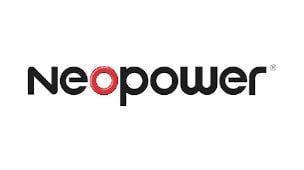)
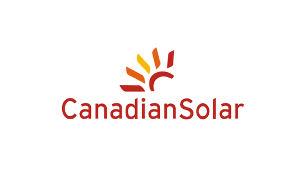)
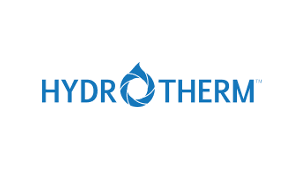)
)
)
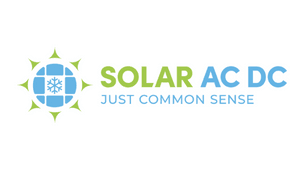)
)
)
)
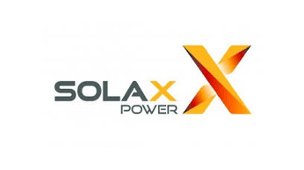)
)
)
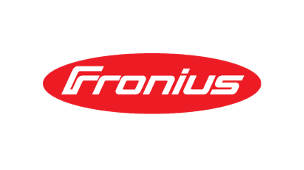)
)
)
)
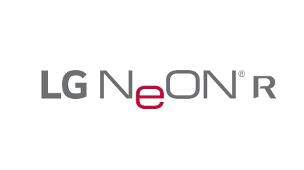)
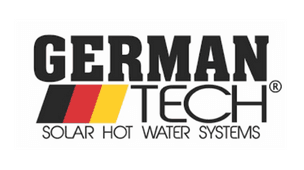)
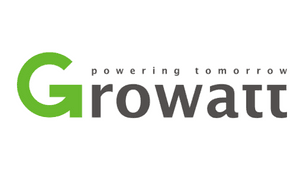)
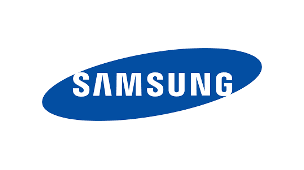)
)
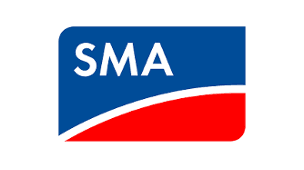)
)

